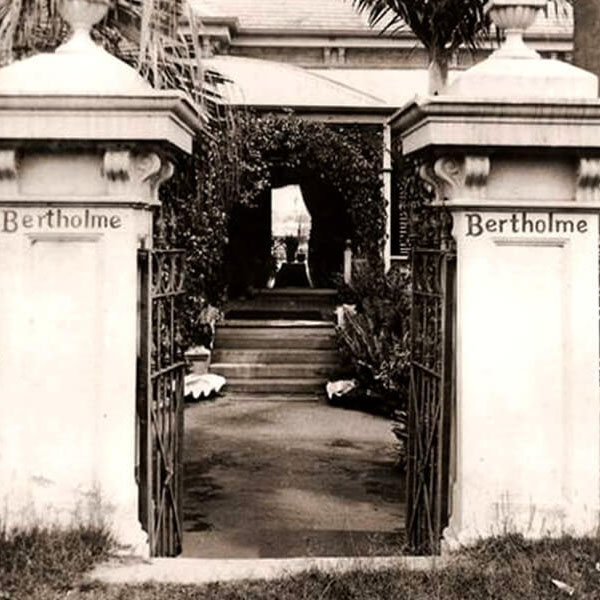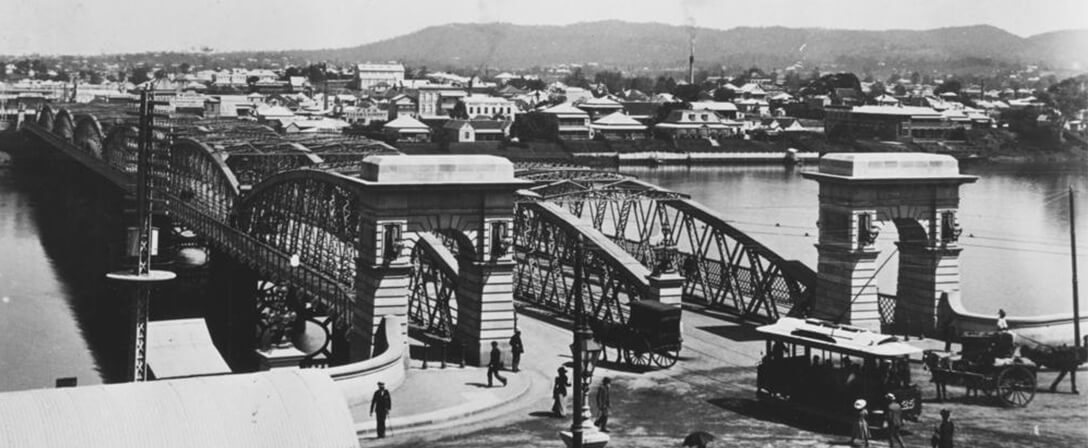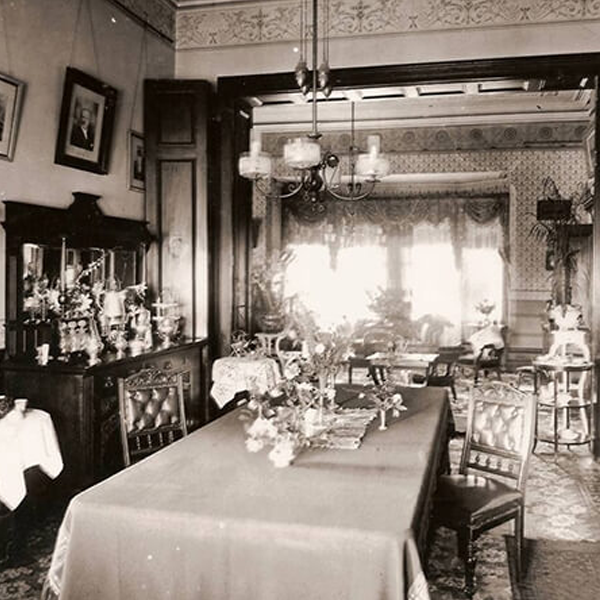
In Brief…..
The genesis of the idea to form the Moreton Club arose at a meeting of a few well-known Brisbane women at Eschenhagen’s café in Queen Street, regarded in the 1920s as one of Brisbane’s finest restaurants. The meeting which formally established the Club was held in the ballroom at Lennon’s hotel on 1 October 1924.
The founding group suggested the Princess Club as the name for the new club and put the suggestion forward for voting with a selection of alternative names. The Moreton Club, referring to Moreton Bay, was chosen. The 126 founding members were led by the first President, Mrs J M Bruche, later Lady Bruche . Membership, then as now, was by invitation.
The Club did not own its premises until 1957 and moved several times around the central business district in the intervening decades: King House in Queen Street, Eskdale in Wharf Street, Terrica House on the corner of Creek and Adelaide Streets and the United Service Club on Wickham Terrace housed the Club at various times.
In the early 1950s, the Club offered to buy its rented premises, Montpelier, (also known as the Green House) from the United Service Club, but Montpelier was not for sale. With high hopes, but a limited budget, the Committees of the 1950s toured the city and suburbs for years searching for a suitable property . The thirteenth and fourteenth Presidents, Mrs G Addison and Lady Murphy led the search.

At last, in July 1957, the Committee heard of an historic house on the Brisbane River in Moray Street at New Farm, only a few kilometres from the city centre. Bertholme was built in the 1880s by the Italian architect Andrea Stombuco as his own home . Stombuco designed many distinguished churches, commercial buildings and houses in Brisbane in the boom years of the 1880s. Bertholme is a handsome sandstone house, but in 1957 was considerably dilapidated.
Even though the ‘bones’ of fine rooms were visible beneath the partitions which had divided the house into a nursing home and then a boarding house in the middle decades of the twentieth century, the task to turn the house into elegant club rooms was enormous.
Creating an accommodation wing for the convenience of country members and for members of affiliated clubs Australia and overseas was an important early priority. The new wing was designed by the Brisbane architect, J G Trude.
There was no time to rest – or to refresh the Club’s finances – as the Committee became aware that land between the house and the Brisbane River was on the market . Fearing that the construction of a high apartment building could vanquish the Club’s view of the River, the Committee purchased the land immediately at the rear of Bertholme and then a second block on its eastern side. This land contained a small house, thereafter known as ‘the Cottage’.
The Dining Room, particularly for luncheons, has been at the core of Moreton Club life from its very beginnings. The unusual Dining Room on Bertholme’s lower level became the setting for convivial gatherings, but could accommodate a maximum of no more than fifty people. The area beneath the accommodation wing was enclosed to become the first part of the Club’s famous River Room, the setting for larger functions such as guest speaker lunches, cocktail parties, dinners, weddings, musical performances and bridge games. The River Room was opened at a special cocktail party in 1961.
The River Room was connected to the lower level of the main house by a breezeway. Eventually, the breezeway was enclosed to create a larger L-shaped River Room. A large courtyard between the River Room and the main house became a gathering place for drinks before functions in the River Room. A deck overlooking the river completed the entertaining areas and became a stage to view the city skyline, particularly beautiful at night.

The Club’s spacious entertaining areas – Drawing Room, Dining Room and River Room – have allowed a wide range of activities to become traditional parts of Club life. Show Week in August, for instance, has been celebrated for many years with the Club’s At Home cocktail party when hundreds of members and their guests converge on the Club. This party succeeded the Club’s original Show Week event, a grand ball and has been accompanied by an annual Town and Country luncheon.
Every day, as well as on special occasions, the Club is decorated with beautiful flowers arranged by members. This tradition links the Club now with its beginnings: an early decision of the Committee was to allow £1 per week to purchase flowers for the Club’s much more humble original rooms.
As the years have passed, membership has grown and the range of activities has broadened, but the Club has never diverted from its original purpose to be a private social club for women to gather – frequently with guests – in beautiful surroundings.


